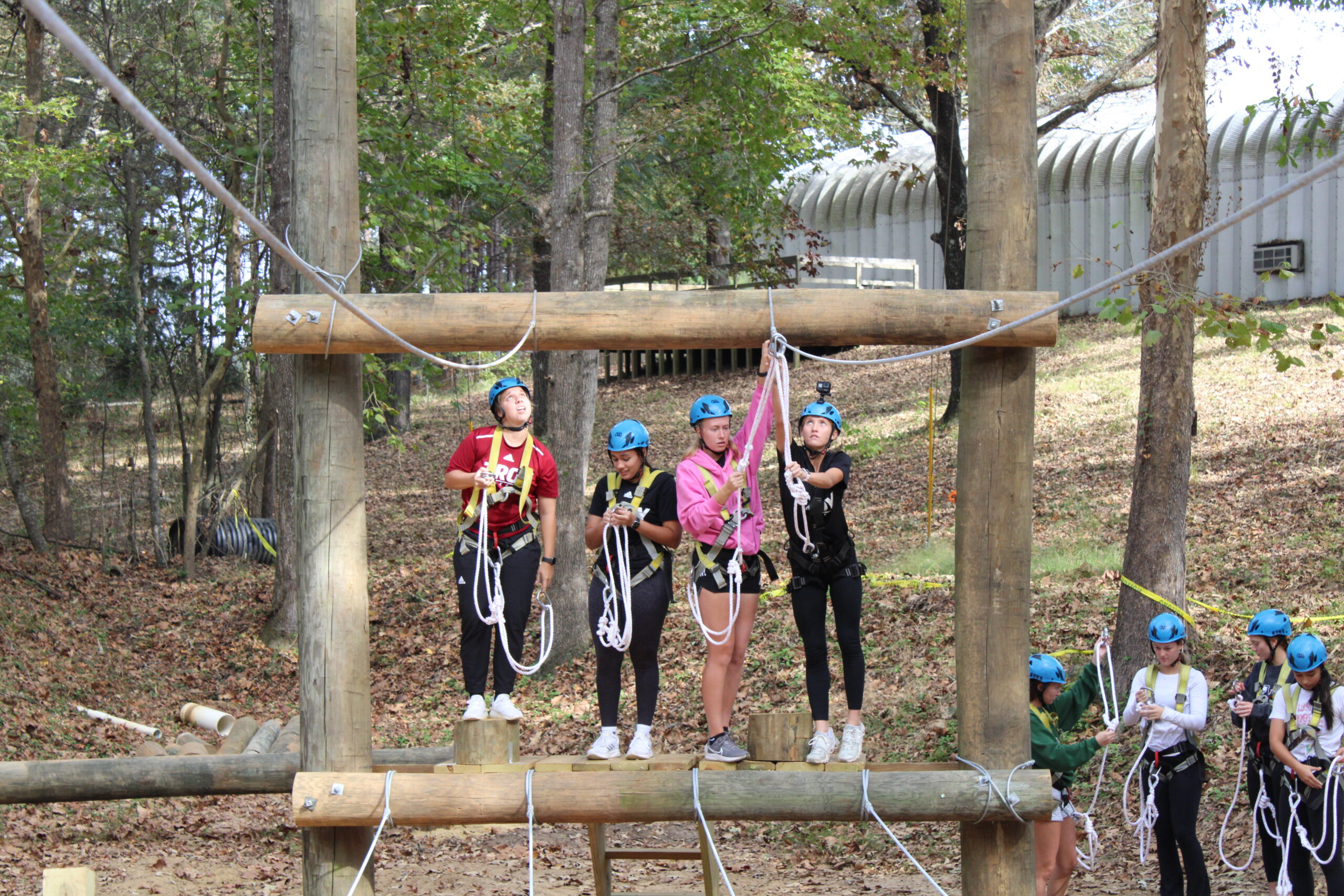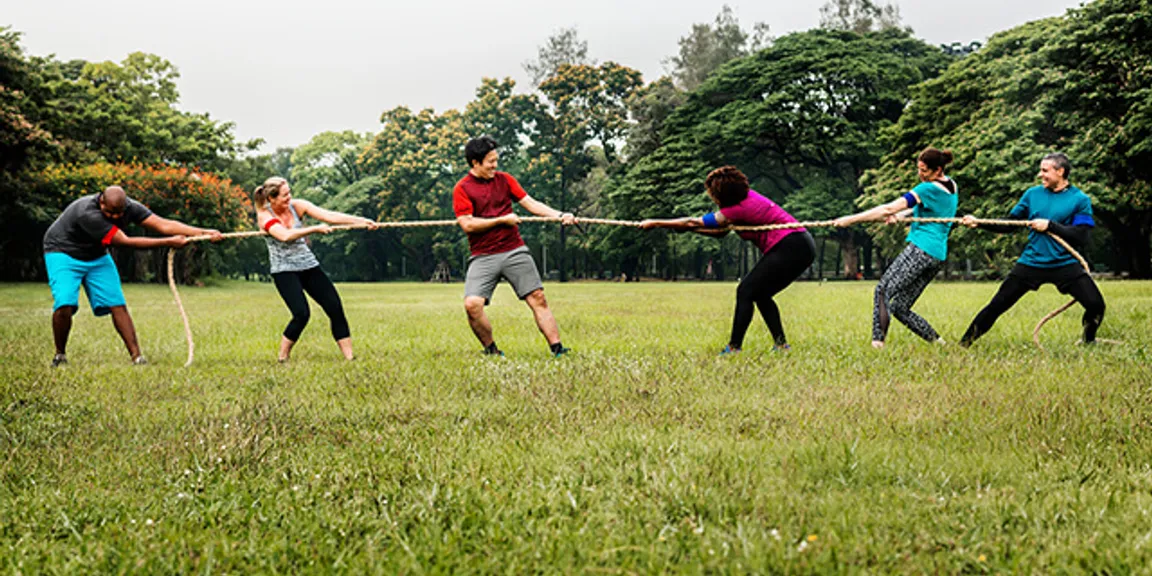Enhance Team Synergy: Leading Challenge Course in Alabama
Enhance Team Synergy: Leading Challenge Course in Alabama
Blog Article
Immerse Your Team in a Dynamic Challenge Training Course Experience for Development and Unity
In the realm of team growth and communication, the usage of dynamic obstacle training courses has arised as a compelling technique to foster growth and unity amongst group members. As groups deal with these trials with each other, they are often challenged with the chance to find untapped potential, grow bonds, and reveal new approaches for working collectively in the direction of common goals.
Benefits of Dynamic Difficulty Courses
Joining vibrant challenge programs supplies teams a hands-on possibility to develop vital interaction and problem-solving abilities in a literally interesting atmosphere. These training courses supply a special setup where group participants are encountered with numerous barriers that need cooperation, efficient interaction, and fast decision-making to get rid of. By involving in activities such as high ropes courses, team building video games, and problem-solving difficulties, participants are pushed out of their convenience areas, cultivating individual and group development.
One substantial advantage of dynamic difficulty programs is the improvement of interaction abilities within teams. Via facing challenges with each other, group participants learn to communicate better, listen proactively, and supply clear instructions to one another. These experiences translate straight right into the office, boosting general team effort and performance. Additionally, these training courses promote analytic skills by needing groups to think critically, strategize, and adjust to altering scenarios on the spot. This ability to address troubles effectively under pressure is a valuable possession in any professional setting. Overall, vibrant obstacle programs use an alternative method to group advancement, incorporating physical activity with skill-building to promote unity and development.
Team Building Through Challenge Navigation
Barrier navigating on a vibrant obstacle training course urges group members to depend on each various other's strengths, analytic abilities, and resilience. By challenging physical and psychological difficulties as a cohesive system, team participants learn to take advantage of specific skills for the cumulative benefit of the group.

Enhancing Interaction Skills and Trust
Structure upon the structure of strengthened social relationships developed through getting rid of barriers as a group, the emphasis now changes towards enhancing interaction skills and fostering depend on within the group dynamic. Effective communication is vital for making Click Here certain that staff member comprehend each other's point of views, approaches, and goals. By engaging in tasks that require clear and succinct interaction, such as navigating a difficulty program blindfolded or fixing an issue with limited verbal hints, group participants can practice click site energetic listening and effective expression of ideas.
Through joint obstacles that necessitate a high level of trust fund, such as a depend on autumn or a ropes course where team members depend on each various other for security, individuals learn to let go of worry and uncertainty, fostering a feeling of unity and cohesion within the group. By developing communication skills and building trust fund, teams can achieve greater synergy and productivity.
Cultivating Sociability and Unity
Unity amongst team members is the cornerstone of a natural and strong group dynamic, necessary for attaining shared objectives and fostering a feeling of camaraderie. Promoting sociability within a team can be attained via various tasks throughout a vibrant difficulty training course experience. By taking part in obstacles that require teamwork and coordination, team members establish a much deeper connection and understanding of one another, leading to a solid sense of unity.

Techniques for Long-Term Team Growth
By defining details targets, team members can straighten their efforts towards an usual objective, cultivating motivation and liability. Encouraging open discussion, supplying constructive feedback, and actively listening to team members can boost collaboration and trust within the group.
Additionally, spending in constant learning and development chances can aid group participants acquire new abilities, stay engaged, and adjust to progressing challenges. Whether via training programs, workshops, or mentorship initiatives, offering opportunities for specialist and personal development can contribute to the group's general success.

Final Thought
In verdict, dynamic challenge training courses supply many advantages for team growth and unity. These experiences provide a system for long-lasting team growth and development, leading to a much more effective and cohesive team dynamic.
In the realm of team advancement and communication, the application of vibrant challenge programs has emerged as an engaging technique to cultivate development and address unity amongst group participants. By involving in tasks such as high ropes training courses, team structure games, and problem-solving difficulties, individuals are pushed out of their comfort areas, cultivating personal and group development.
In significance, team structure via challenge navigation is an effective way to grow an interconnected and supportive team dynamic.

Report this page